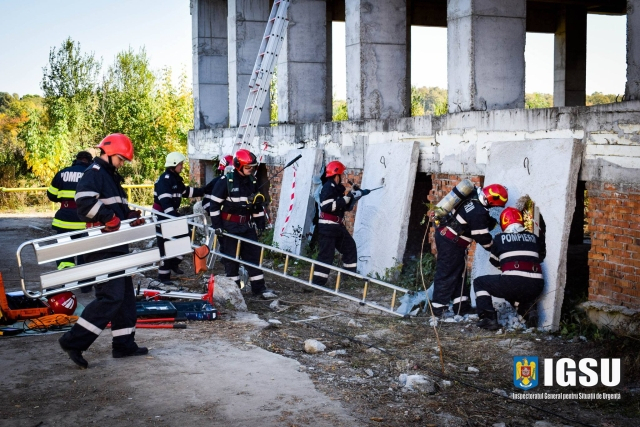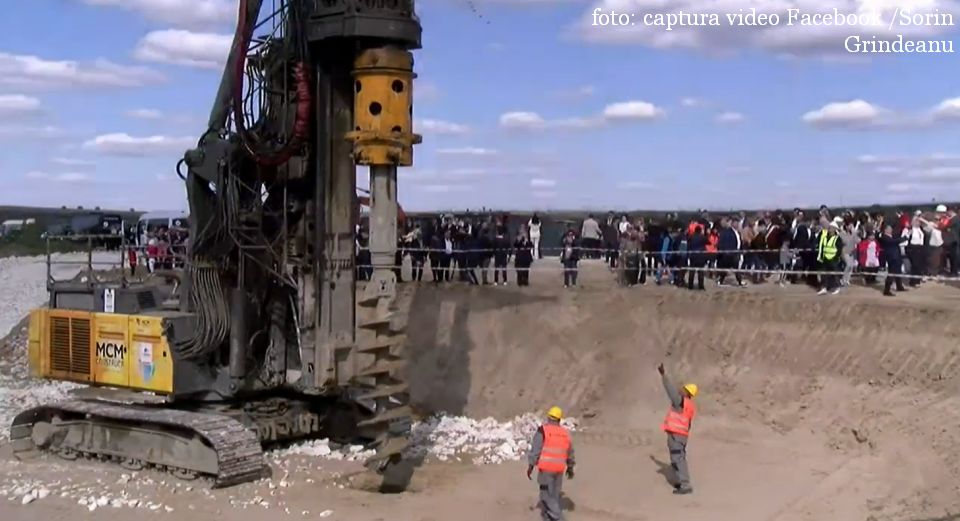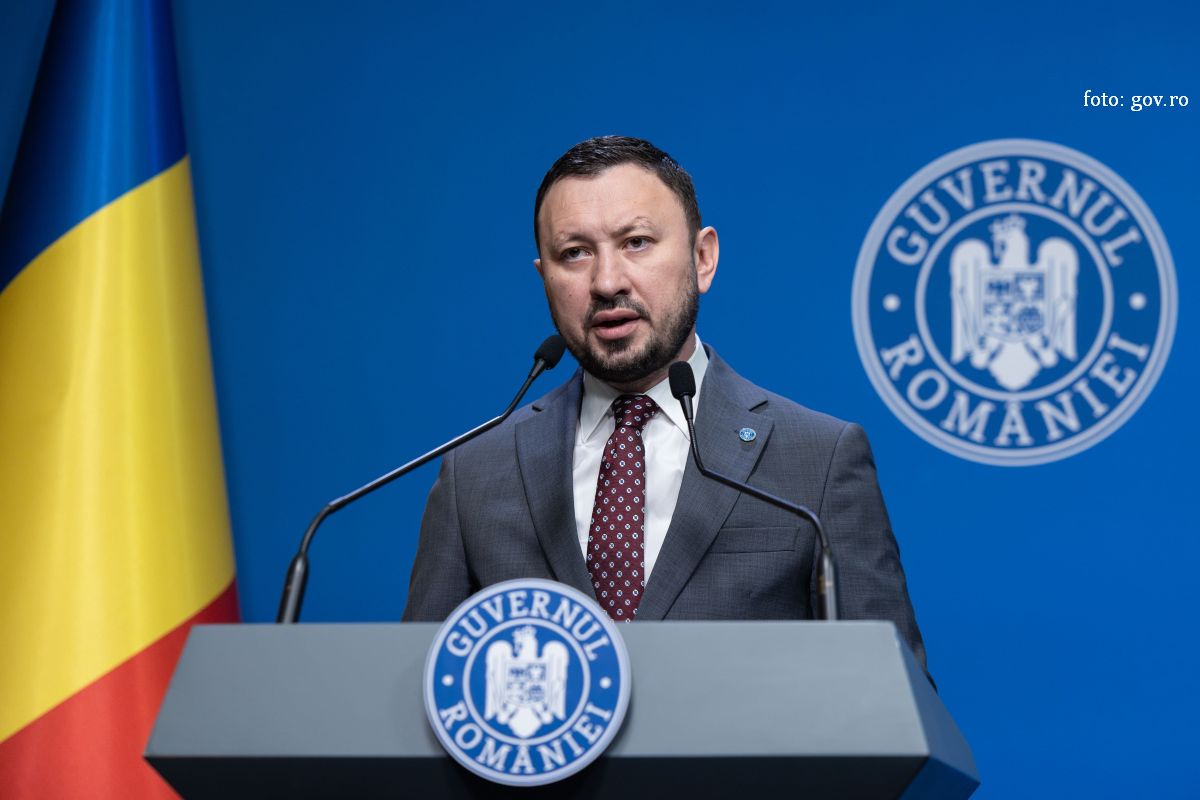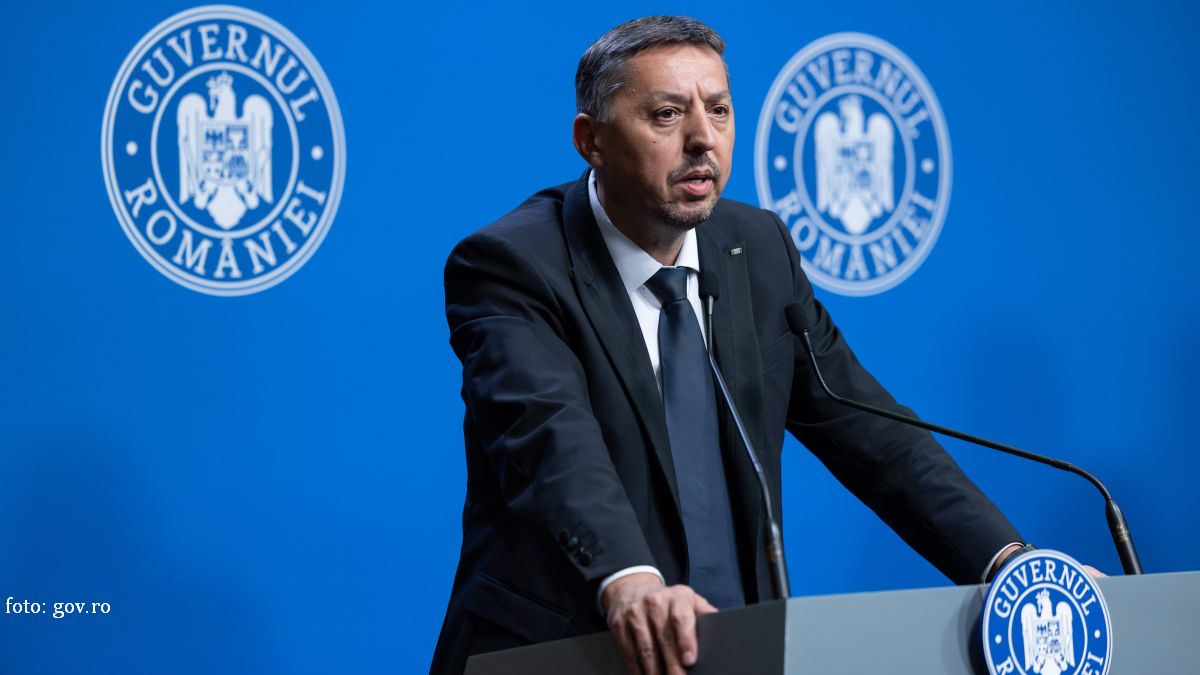Earthquake-resistance solutions and measures
The authorities are seeking new solutions to curtail the risks and determine a rapid and efficient response to a major earthquake

Bogdan Matei, 05.03.2019, 13:29
Information
campaigns, cellphone apps and a national platform with recommendations are some
of the measures taken to help Romanian citizens react in extreme situations
like those caused by big quakes. On Monday, the National Institute for Earth
Physics, jointly with the Romanian Academy, presented instruments which were
developed after March 4, 1977, when the most devastating tremor with a 7.2
magnitude on the Richter scale occurred in Romania. The quake killed 1,570
people, mostly in Bucharest, and caused material damage worth over 2 billion
dollars.
Some 230,000 dwellings were destroyed or badly damaged and hundreds of
economic units were out of service. The quake triggered an economic and social
crisis which, according to historians, the then communist dictatorship could
not overcome until its collapse in 1989. Experts warn that in case of a similar
quake, hundreds of buildings might collapse in Bucharest. Since 2013 a system has
been put in place, triggering warnings in case of quakes above 4.5 Richterscale
and blocking hazardous infrastructure such as chemical processes or gas
installations. The system has been installed in the emergency centers of all
relevant ministries in Romania.
The director of the National Institute for
Earth Physics, Constantin Ionescu PhD, said that the Institute was working on a
monitoring system for office buildings. In turn, the state secretary for
emergency situations at the Interior Ministry, Raed Arafat, said that the
lessons provided by the Earthquake 2018 national exercise of last October
were to be legally enforced. The biggest civil protection exercise organized in
Europe in recent years gave the authorities the opportunity to test the
reaction speed and capacity of taking action and cooperating in the event of a
major tremor.
The choice was not accidental: along with Spain, Italy and
Greece, Romania is one of the EU member countries most vulnerable to quakes. In
the last two centuries, seven quakes measuring 7 degrees on the Richter scale
were reported in this country. Last October, for five days, all responsible
structures were involved in an earthquake drill for the occurrence of a 7.5 tremor
followed by aftershocks, which might result in a lot of casualties and would
hit Bucharest in the first place. Rescue teams were faced with extreme
situations, while thousands were reported dead, wounded or homeless. President
Klaus Iohannis declared a state of emergency. Field army hospitals were set up
and victims’ camps were laid out in the city stadiums and in satellite localities.
State-of-the-art mobile hospitals with intensive care units were brought over
from Israel, Italy and Norway and ambulances came from Austria and Hungary.
Experts from EU and NATO specialized structures also looked into the results of
the exercise.






























